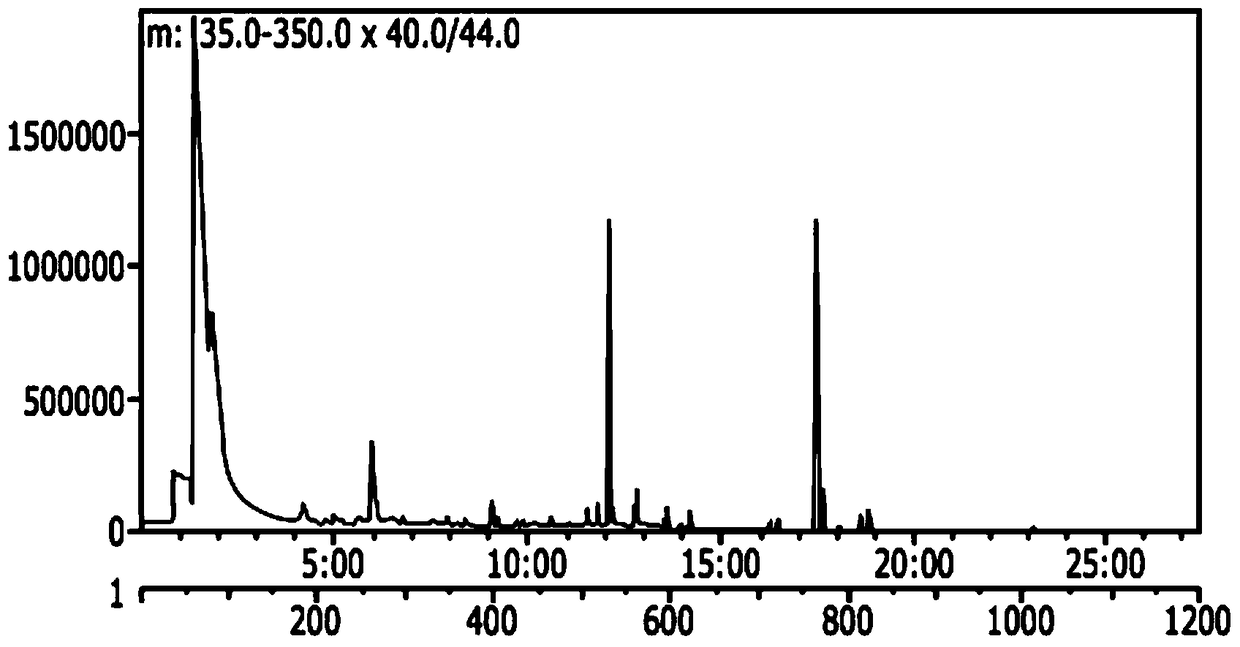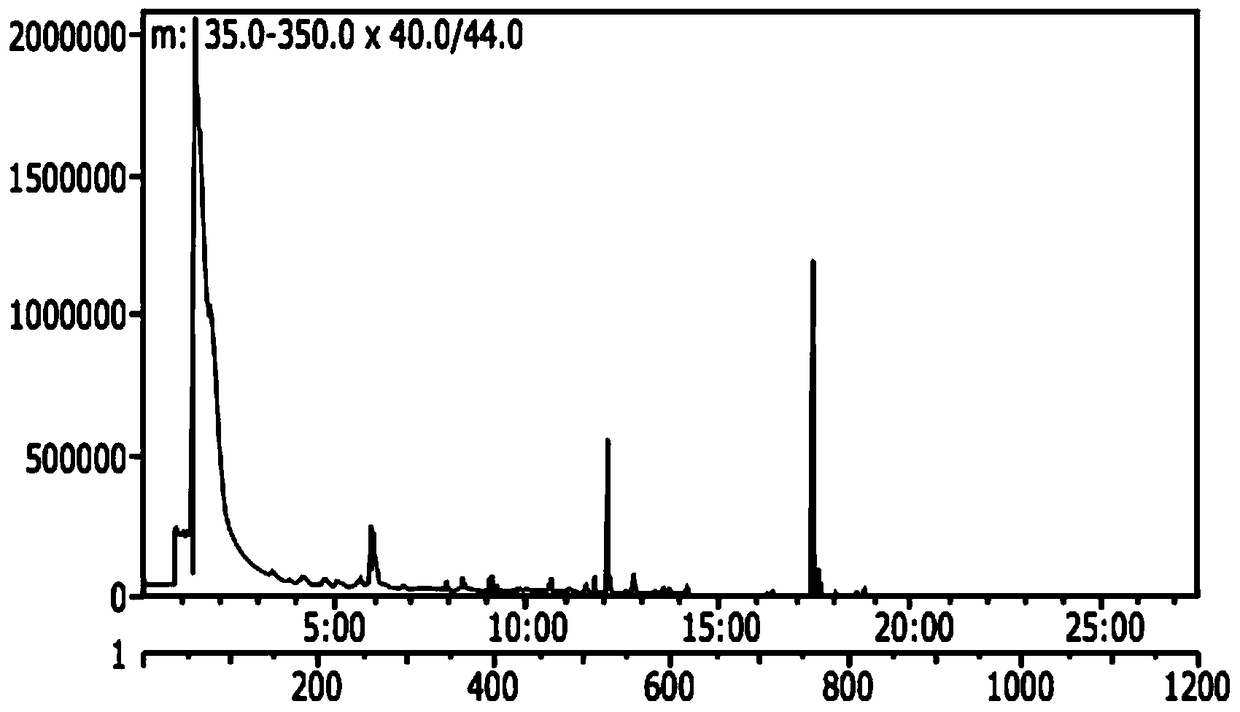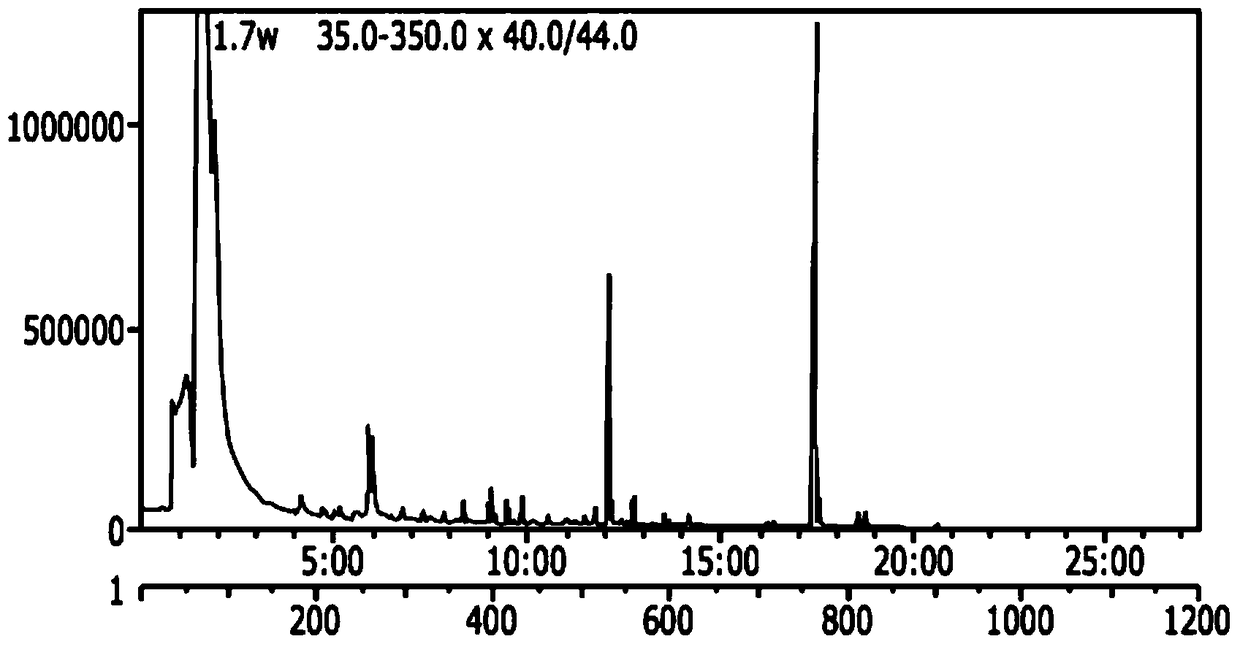Compositions containing sequentially or simultaneously fermented extracts
A technology for compositions, extracts, in the field of compositions for personal care and therapeutic applications
- Summary
- Abstract
- Description
- Claims
- Application Information
AI Technical Summary
Problems solved by technology
Method used
Image
Examples
Embodiment 1
[0061] Microorganisms and Media
[0062]Isolation of bacterial cell cultures from whey powder extracts. For the purposes of the present invention, particular preference is given to cultures of microorganisms belonging to the families Lactobacillus and Propionibacteriaceae. The first microorganism (Lactobacillus family vs. Propionibacteriaceae) was selected strictly on the basis of growth rate. Propionibacteriaceae were selected for their faster growth rate, ideally metabolizing and enriching most of the primary components in the medium. For the purposes of the present invention, both microorganisms were grown under anoxic conditions or under microaerophilic conditions (absence of oxygen or limited oxygen). Stock cultures were maintained in media containing tryptone, yeast extract, filtered whey extract (pH 7.0) and agar (Sigma, St. Louis, MO). The stock cultures were grown in shaker flasks containing medium consisting of yeast extract 10%, soybean tryptone broth 5%, potassi...
Embodiment 2
[0067] Example 2: Metabolite Analysis by GC / MS
[0068] GC-MS was performed after the end of the double fermentation in Example 1 to analyze the expression of different metabolites. Three samples were analyzed as follows:
[0069] Fermentation Control 1 - Lactobacillus family
[0070] Fermentation Control 2-Propionibacteriaceae
[0071] Double Fermented Extract
[0072] Aqueous samples (1, 2, and 3) were subjected to specific acid extractions; in which, the acid fraction was isolated, methylated with diazomethane reagent, and the corresponding methyl esters of organic acids were analyzed by GC-MS. The test samples were injected directly into the GC and low molecular weight acids were also analyzed by volatile component headspace analysis (headspace GC-MS). figure 1 and figure 2 GC-MS analysis for control samples Microorganism 1 and Microorganism 2. image 3 GC-MS analysis of extracts from double fermentations showing that competition of the two microorganisms induces th...
Embodiment 3
[0073] Example 3 Microarray Analysis of Human Skin Cells
[0074] The effect of the double fermentation product prepared as described in Example 1 on two skin cell lines (fibroblasts and keratinocytes) was examined using a human genome microarray (Agilent Technologies). Cells were treated with 1% of the double ferment from Example 1 for 24 hours. The resulting treated skin cells were centrifuged, and the pellet containing the nuclear material was resuspended with RNA Later (Ambion) and stored at 4°C. Total RNA from human cells was extracted using the RiboPure RNA Extraction Kit (Ambion), and mRNA was subsequently amplified using the Message AMP aRNA Kit (Ambion). For this array, samples of aRNA were fluorescently labeled with Cy-3 or Cy-5 using the MicroMax Array Labeling Kit (Perkin Elmer). Labeled aRNA was then applied to skin cell DNA microarray chips of epidermal fibroblasts and keratinocytes and hybridized overnight (Agilent Technologies). The next day, the chip was wa...
PUM
| Property | Measurement | Unit |
|---|---|---|
| optical density | aaaaa | aaaaa |
Abstract
Description
Claims
Application Information
 Login to View More
Login to View More - R&D Engineer
- R&D Manager
- IP Professional
- Industry Leading Data Capabilities
- Powerful AI technology
- Patent DNA Extraction
Browse by: Latest US Patents, China's latest patents, Technical Efficacy Thesaurus, Application Domain, Technology Topic, Popular Technical Reports.
© 2024 PatSnap. All rights reserved.Legal|Privacy policy|Modern Slavery Act Transparency Statement|Sitemap|About US| Contact US: help@patsnap.com










